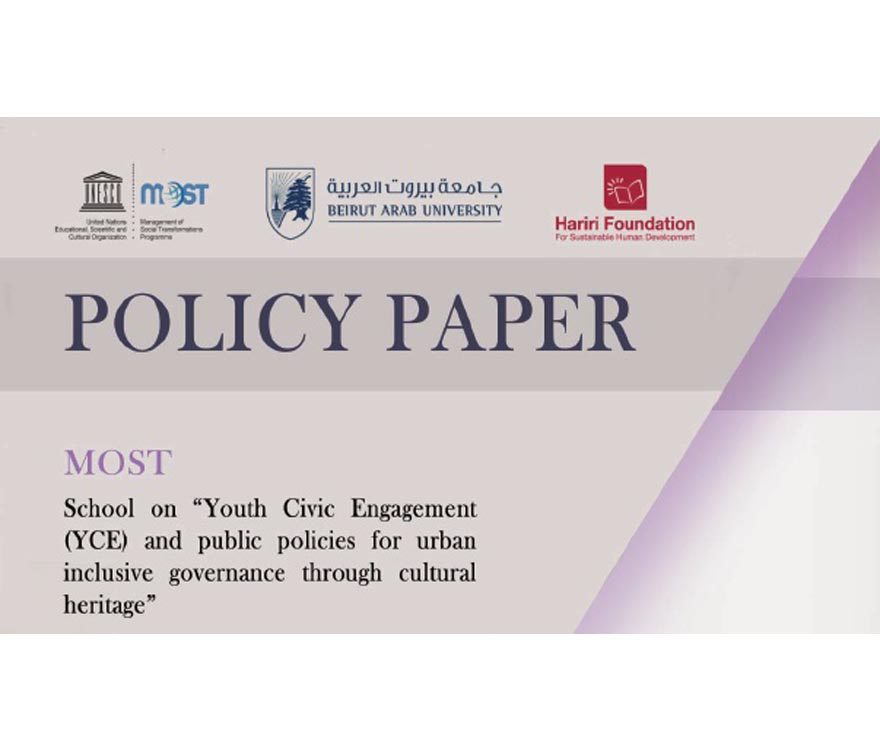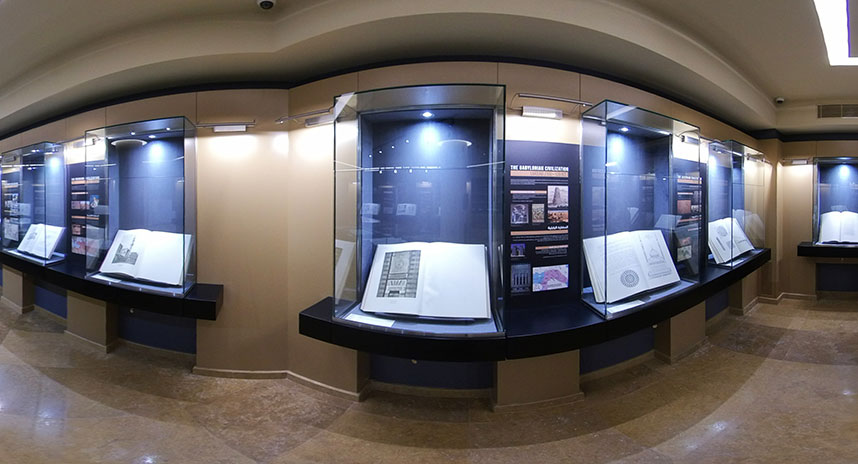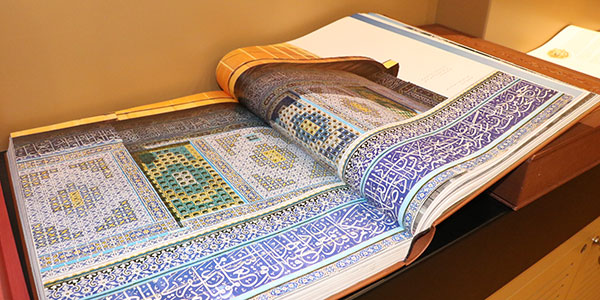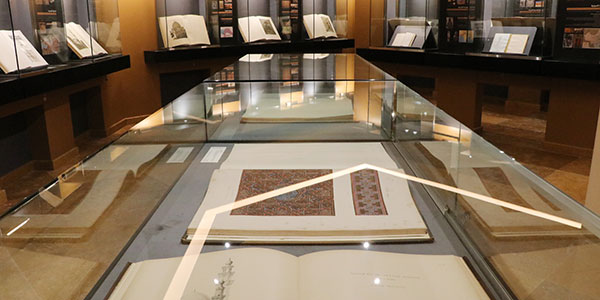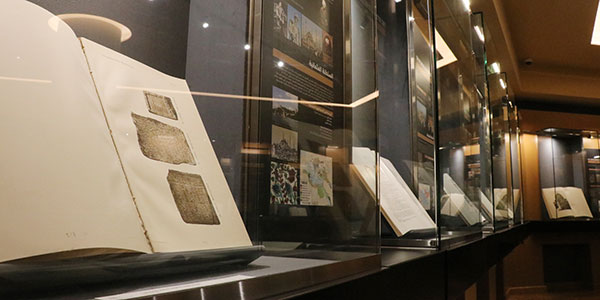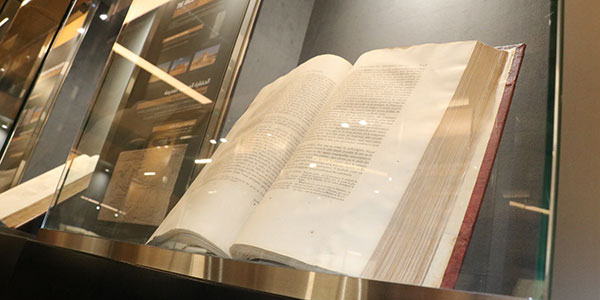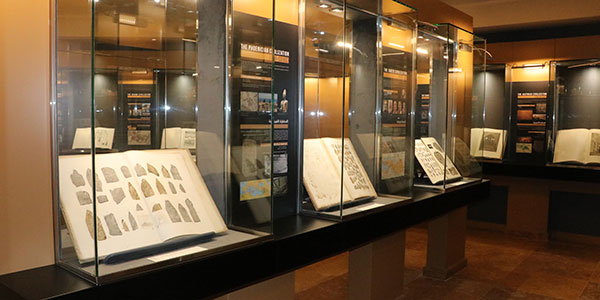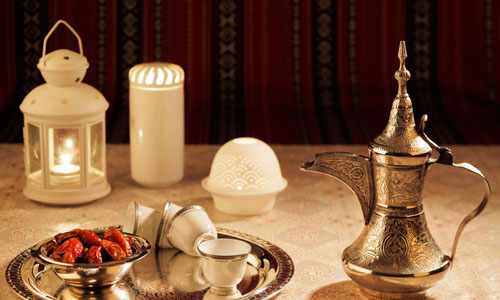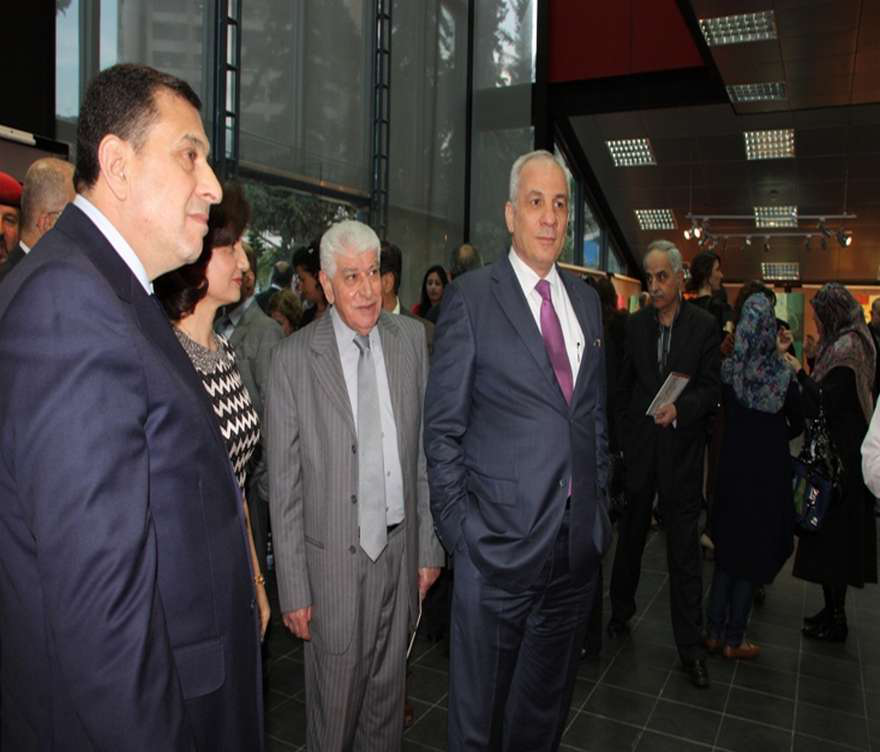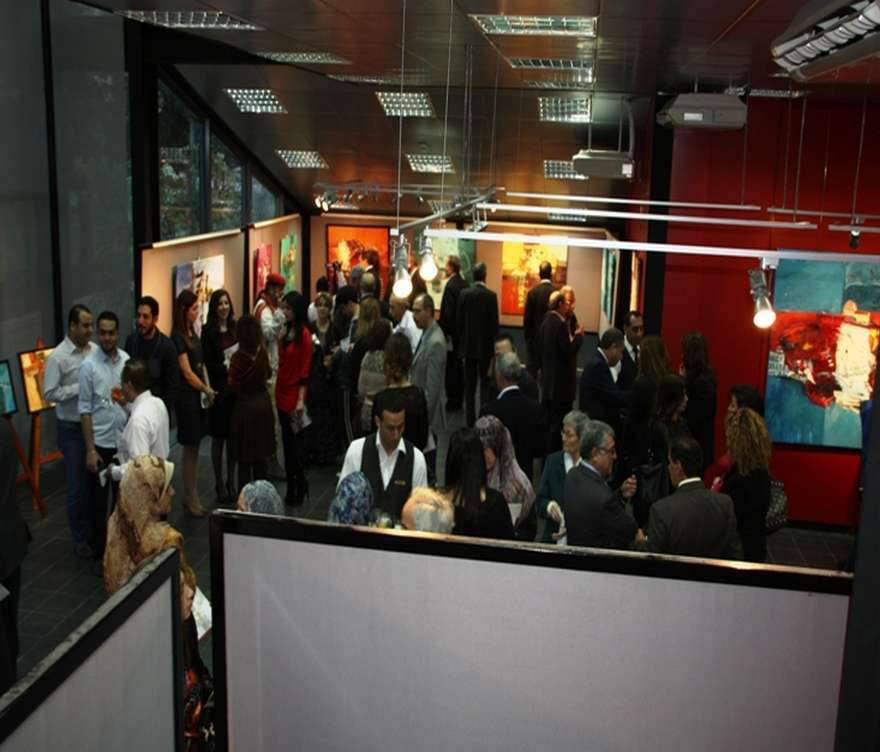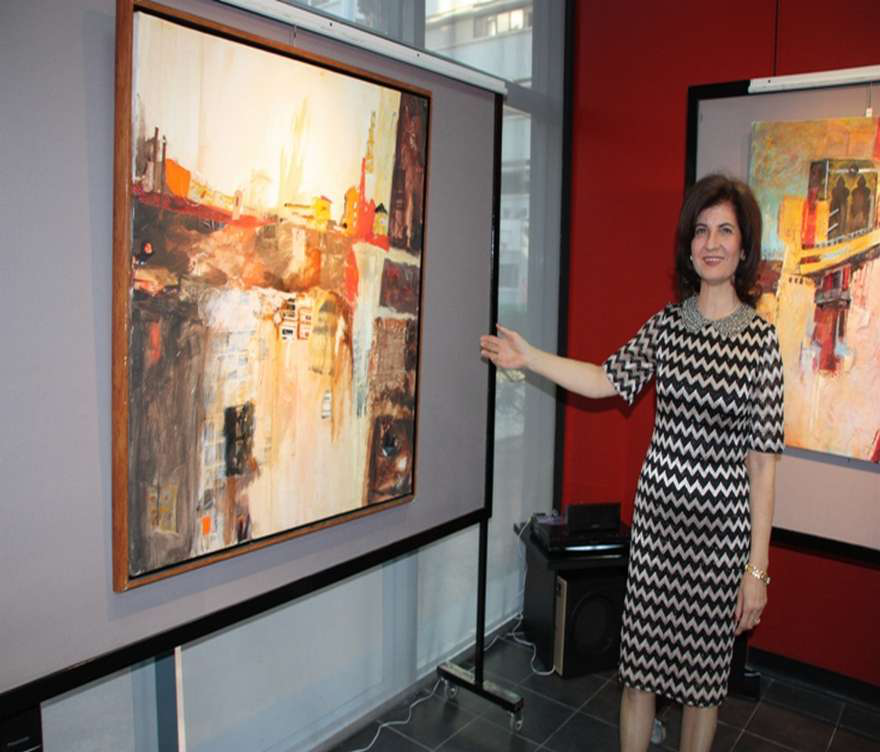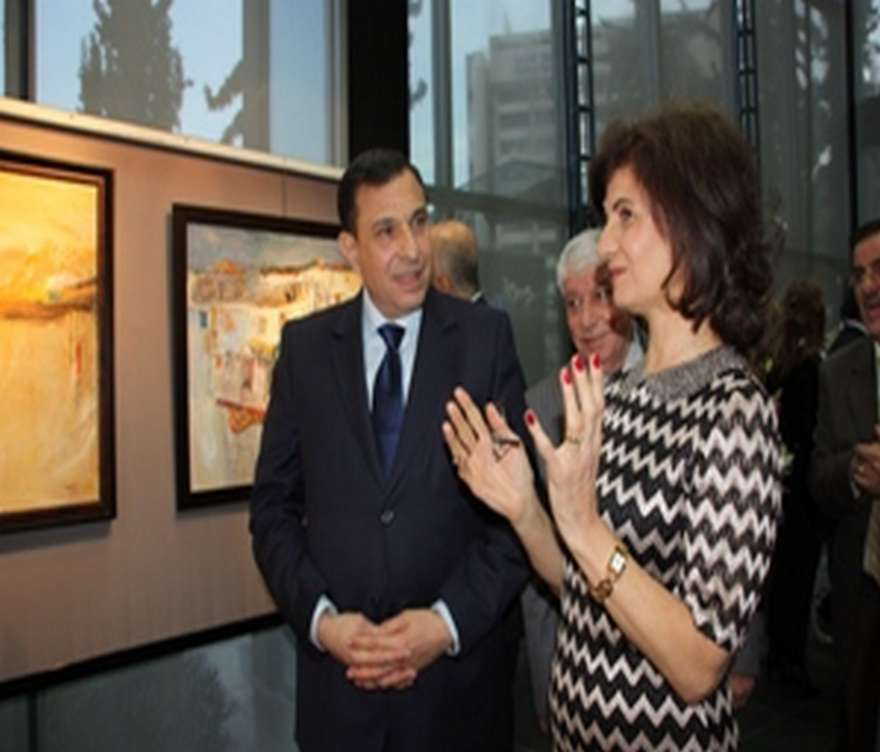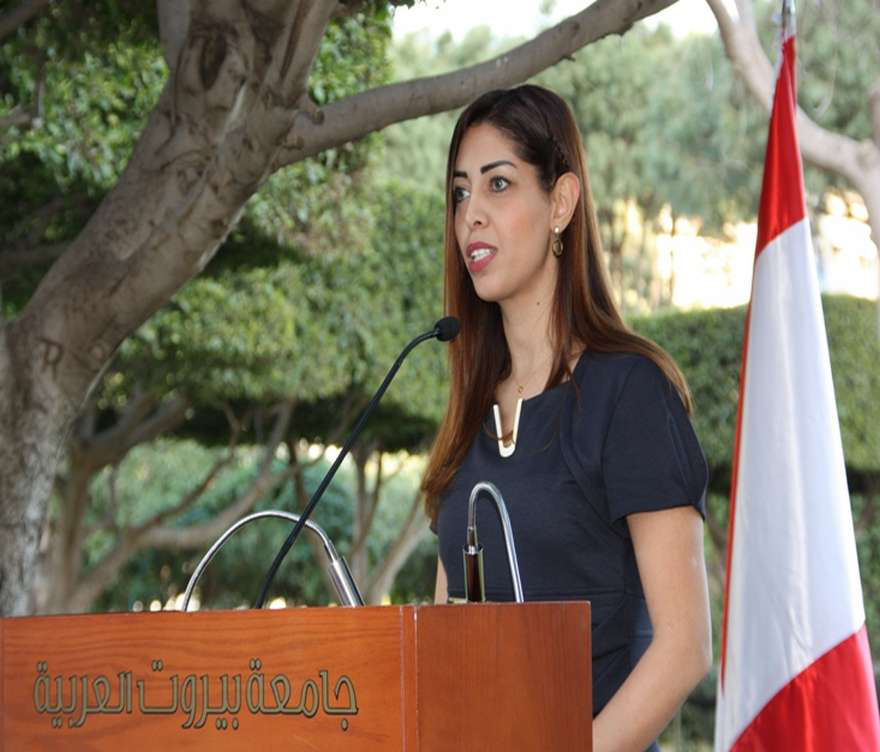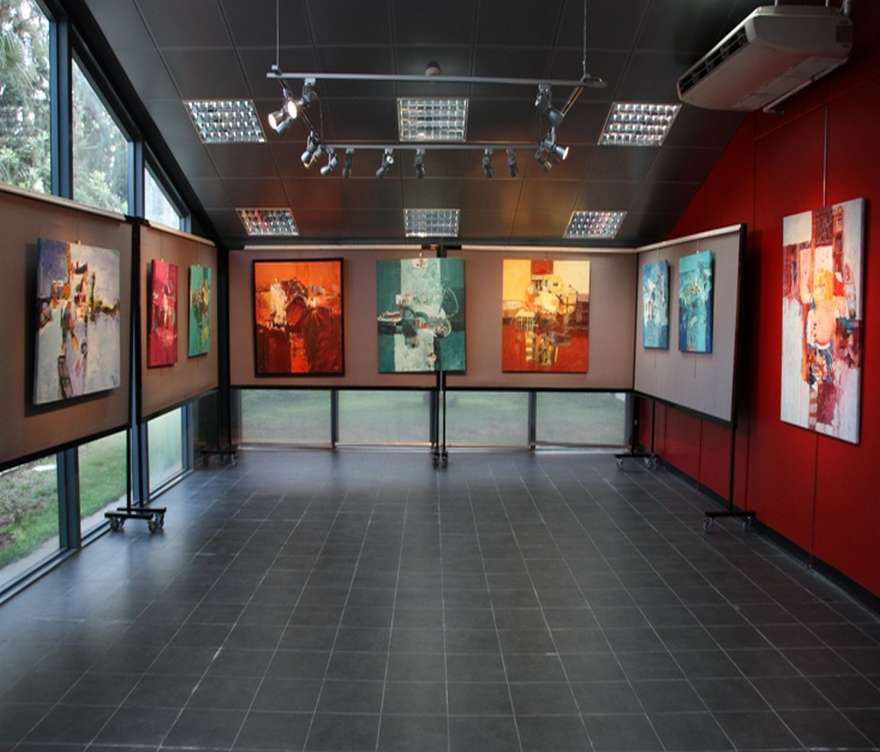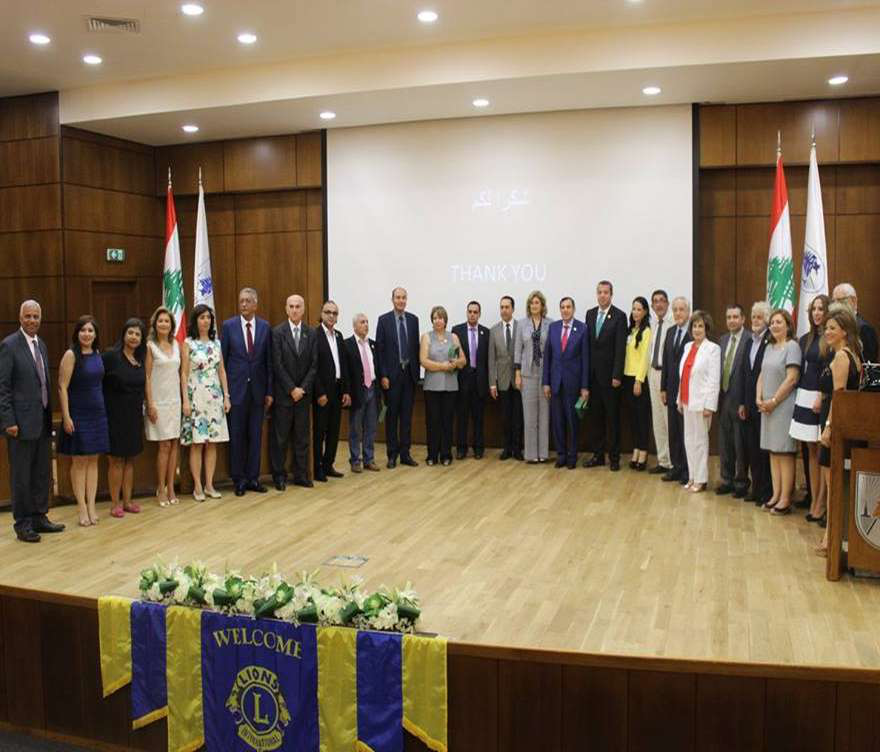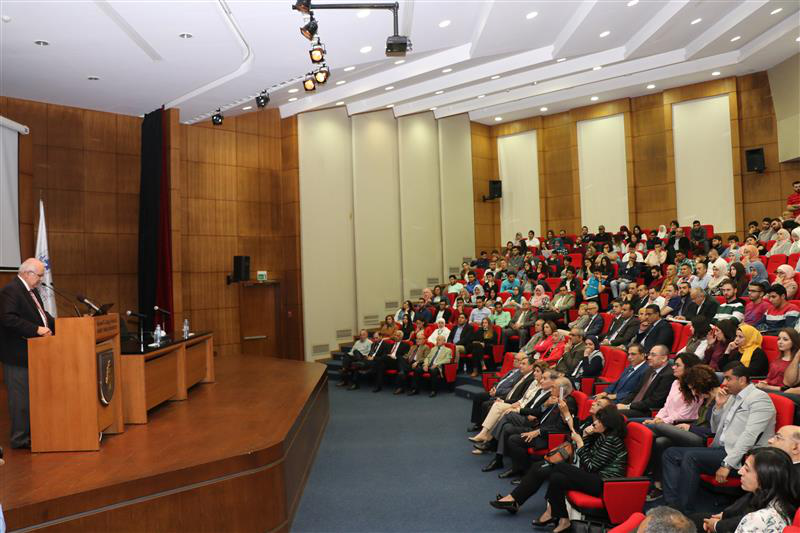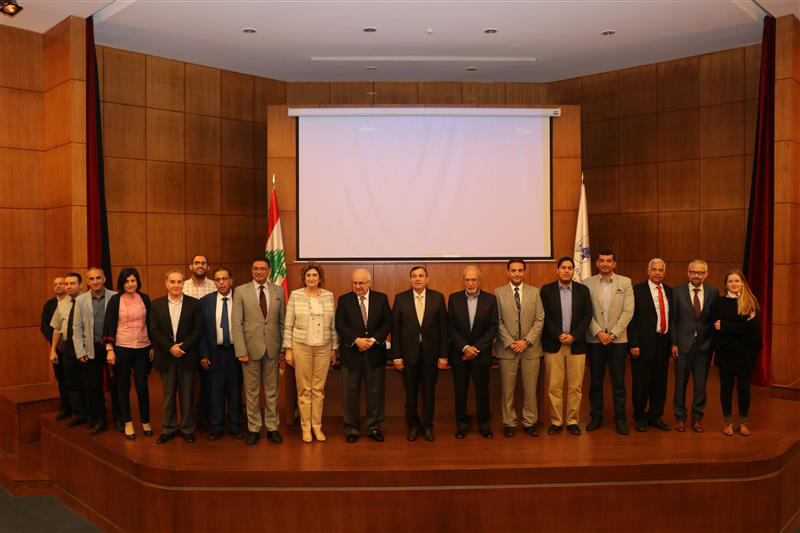Provides public access to buildings and/or monuments and/or natural heritage landscapes that are of cultural significance
BAU provides public access to the different events regarding the museum developed by the University where students, staff and people from the local community can access, to learn about history and heritage. The University supports and promotes the historical heritage in Lebanon.
BAU the faculty of Architecture - Design and Built Environment in partnership with Unesco and Hariri Foundation is delighted to publish this policy brief series on “Youth Civic engagement and Public Policies for Urban Inclusive Governance through Cultural Heritage”.
It includes a broad range of topics produced by 6 BAU postgraduate students from the faculty of Architecture - Design and Built Environment and which was presented during MOST (Management of Social Transformations) workshop organized by Unesco, Hariri Foundation and BAU in March 2019.
BAU allows free admission to students and members of the local community daily, within the hours that are handled in the museum, the museum guides make the tour and show visitors everything that the museum contains.
Every year BAU opens the doors of the museum a few days for the local community with free access to contribute to the contribution of knowledge about ancient civilizations.
BAU allows the entry of non-profit institutions or foundations with the purpose of generating a culture of knowledge and recreation.
BAU allows scheduled visits by independent institutions that want to take a tour of the museum charging a fee for this. Contact is made by email, telephone and the University's web portal.
The museum includes around 200 rare books and manuscripts. This collection addresses civilizations that have existed in the world throughout history especially:
The Egyptian-Pharaonic Civilization, the Assyrian Civilization, the Phoenician Civilization, the Byzantine Civilization, the Persian Civilization, the Roman Civilization, the Babylonian Civilization, the Aramaic Civilization and the Arab and Islamic Civilization then the Ottoman Civilization.
This rare collection refers back to the eighth century AD, the eleventh century AD till the sixteenth, seventeenth, eighteenth and nineteenth centuries. Some of them are unique copies that are not available anywhere around the world.
“Description of Egypt” collection that includes 24 volumes. It is one of the original copies in the world. It discusses the social, economic and agricultural life in Egypt in addition to the Egyptians temples and tombs.
They are masterpieces of Egyptian inscriptions that were published in the times of Napoleon Bonaparte conquests between 1798 and 1799.
It is a collection of rare books under the title “Corpus” which includes 24 volumes. It describes the Phoenician, Aramaic, Semitic and Hebrew inscriptions, in addition to highlighting the Phoenician personalities. It refers back to the eighteenth century.
A manuscript by Muhammad Kafafi that consists of poems in the Persian language by the poet "Jalal al-Din Rumi".
The Arab and Islamic civilization: (It extended from the middle of the eighth century till the fourteenth and fifteenth centuries AD).
A rare book in two volumes that deals with the "Alhambra" in Granada, which was built in 1238 It refers to the nobility of Islamic architecture and design, Islamic engravings, in addition to hundreds of drawings, written in Kufic script.
“The Muslim Architecture of Egypt” collection which refers back to the eighth and eleventh centuries that are the Fatimid, Mamluk and Ayyubid periods and the Islamic architecture in Egypt in addition to mosques and tombs in Aswan.
A rare book that talks about the "Sultan Hassan Mosque" in Cairo, which refers to the nobility and history of mosque architecture in Egypt. It was built in 1356 during the reign of the Mamluks.
"Beirut Velayati" consists of two volumes that refer to the geographical borders of the Ottoman Empire (Lebanon - Palestine - Syria) in the eighteenth, nineteenth and twentieth centuries. It also refers to monuments, religions and sects [9].
Research at the History Department is mainly concerned with the subtheme of History and Heritage. Actual studies include a paper entitled “Beirut between Heritage and Modernity”, which deals with the eternal conflict between the new and the old, regardless of the era or the field. This struggle is never restricted to the arts, literature or particular societies; on the contrary, it is a deep-rooted cause that is stirred and nurtured by many factors.
Modernity is the movement that defies inertia, and with the passage of time, this modernity becomes old and calls for another renewal. Beirut, the concrete city with technical development, is in fact nothing but the husks of the city as the true spirit of the civil society has not been able to have its say in the structure of the social and spiritual life in our Beirut urban community.
Beirut has lost a lot of its cultural landmarks because the present generations experience the rapid pace of change without adherence to any real measure of preserving Beirut’s heritage. Preserving heritage is preserving history as heritage is a significant source of taking pride in our ancestors’ civilisation despite the fact that the modern-day Beirut shed its old skin and derailed from the map of heritage cities after the demolition of a lot of heritage buildings and of the old social components to be replaced with the civilization of " fast food".
Another study entitled “The Islamic Religious Landmarks in Lebanon between the Responsibility of the State and the Duty of the Islamic Waqf – Beirut as a Model” deals with a number of issues related to the Islamic religious landmarks in Beirut, mainly its mosques and corners. Throughout history, mosques and Islamic corners in Beirut have been lost due to political, military, and religious reasons or as a result of neglect of heritage landmarks. What is left in Beirut now are mosques built in the Ottoman period as well as the Islamic Waqf.
These are considered the legacies of Islamic Beirut thanks to some interesting Ottoman governors or Lebanese Muslim officials. The study concludes with a number of recommendations and suggestions relevant to the topic at hand, such as the allocation of an annual budget for the concerned ministries to spend on the Islamic and Christian landmarks as these represent a living example of coexistence in Lebanon, and the revival of the presidential decrees issued since the era of the French Mandate.
These decrees considered that mosques and churches to be among the Lebanese landmarks subject to the responsibility of the state. New decrees can be issued emphasizing the heritage aspects, and the State’s legal and financial responsibility.
A further study entitled “The Reflection of the Establishment of Beirut Arab University on the Intellectual, Scientific and Cultural Production in the Lebanese and Arab Societies (1960-2016)” focuses on the fruitful cooperation between Egypt and Waqf El Bir wal Ihsan Society in Lebanon to inaugurate BAU in 1960, amidst the objection of various political, sectarian and unionist forces.
It was only a few years before the ten faculties of the University asserted their scientific and academic excellence, allowing their graduates to stand out in various fields. In the 56 years from 1960 to 2016, Beirut Arab University succeeded in achieving significant results at the Lebanese, Arab and international levels.
Future research projects that are subsumed under this subtheme may deal with the following topics:
The history of Beirut, in particular in pictures and rare manuscripts.
The history of Beirut through its families.
Readings of 19th century manuscripts at the court.
Ottoman history in Lebanon and the Arab World.
Beirut, with its blue sky, its Sea Pavement and the tales of its people, is the theme of the collection of vivid paintings that reflect the daily life of a lively city in the Daad Abi Saab’s “Tales and Heritage” exhibition hosted at Beirut Arab University on Thursday the 14th of March, 2012 at al Moltaqa Forum at Beirut Site.
The paintings represent a profusion of colors that herald spring, and are rich in the aesthetics of Beirut, redolent with the nostalgia and heritage of the city overlooking the wide blue sea and horizon.
The paintings represent a Beirut City day on the Sea Pavement of Ein El Mreisseh, from sun-rise to sun-set, cast in a creative combination of expressionist, abstract and realist art. The paintings thus are a translation of the diversity that distinguishes Beirut, while focusing in depth on the human element.
The exhibition was inaugurated by Prof. Dr. Amr Galal El Adawi, President of BAU, Prof. Dr. Hanafy Holail, BAU Vice President for Academic Affairs, Mr. Issam Houri, BAU Secretary General, in addition to the Deans, staff-members, BAU directors and Mrs. Zina Ariss, Director of Public Relations Administration, as well as a large crowd of artists and art-lovers.
After the Lebanese and the BAU anthems were played, Prof. Dr. Amr El Adawi, President of BAU, gave a speech, praising the vivid colors in Daad Abi Saab’s paintings, indicating the importance of carefully reflecting on and enjoying these colors in the light of the current tense circumstances facing the society.
In her turn, Daad Abi Saab thanked the university for hosting the exhibition that aims at bringing the heritage and identity of Beirut into the limelight. These are seen as indicators of the demographic, urban and social diversity of Beirut in a way that translates the cosmopolitan diversity of the capital.
After the ribbon-cutting ceremony, the attendees visited the exhibition, viewing the paintings of Daad Abi Saab who explained the artistic aspects of each painting.
The exhibition is open daily from 9:00 am to 6:00 pm, until 21st March 2013 at El Moltaqa, Beirut Site.
Beirut Arab University- Tripoli Campus and Tripoli Vector Lions Club organized a conference entitled “Heritage in Our Life”. The event was attended by Mr. Mokbel Malak, representing HE Mr. Najeeb Mikati, Mr. Mohamed Kamal Ziehdeh representing Minister Ashraf Reefi, Dr. Mostafa El Helweh representing Minister Mohamed El Safadi, Dr. Saad El Din Fakhoury representing MP Robert Fadel, HE Dr. Khaled Ziiedeh, Lions Governor of the Region Mourched Hajj Chahine, BAU President Prof. Dr. Amr Galal El Adawi, General Secretary of the National UNESCO Commission Dr. Zahida Darwiche, BAU Vice-President for Tripoli Branch Affairs Prof. Dr. Khaled Baghdadi, BAU Deputy Secretary General for Tripoli Branch Affairs Mr. Mohamed Hammoud, Branch Coordinator, Mr. Ahmed Sankari, as well as the faculty directors at the Branch and a large crowd of members of the civil society from all over Lebanon.
After the Lebanese National Anthem was played, Dr. Jean Touma, Conference Coordinator, spoke, highlighting the necessity to identify the points of intersection between heritage and originality on the one hand, and the changes and transformations sweeping across the region.
This was followed by a word delivered by the editor in chief of “Research Publication” Periodical, Eng. Issam Obeid, who stated that the publication of these studies has provided a rich reference on the Lebanese heritage.
Mr. Ayman Maaliki, head of Tripoli Vector Lions Club, focused in his speech on the objectives of the Lions Club, which are mainly to offer guidance, consultation and awareness programs on the importance on the cultural heritage. Engineer Mourched Hajj Chahine specified the heritage that reiterates the dissemination of the culture of a closely-knit family, hospitality and respect.
Prof. Dr. Amr Galal El Adawi, president of Beirut Arab University stated in his speech that there is no contradiction between preserving one’s heritage and modernization, since the heritage that we seek to revive today was considered technology at those times in history.
The first session was moderated by Lawyer Rasheed Jalkh who stated that our heritage is an image of a regenerating Lebanese past.
Dr. Marlene Haydar Najjar discussed in her presentation to necessity to preserve popular poetry. She concluded that it is not sufficient to identity and document one or more elements of the non-material cultural heritage, and hence registering it in the National Heritage Record. Popular poetry was, therefore, added to the representative list of human heritage at the UNESCO. The greatest challenge, yet, is to manage these elements in the post-registration phase to ensure their continuity.
Dr. Miriam Andraous Kawwal focused in her presentation on the image and heritage in children’s bed-time songs, stating that these songs are an authentic source for the depiction of the nation’s characteristics, traditions and customs. They are also one form for expressing their joys, concerns and experiences.
The Film Director Hussam Khayyat analyzed in his presentation on Heritage and Cinema the movies made by the Rahbani brothers, with special focus on the Lebanese movie “El Bosta”. He concluded that the younger generations call for the revival of the heritage without discarding or destroying the old, for the aim is to preserve it, and to renovate and improve what has been damaged.
The final presentation in the session was delivered in French by Prof. Nadia Iskandarani, who surveyed and analyzed some of the aspects of the Lebanese heritage as traced in the writings of the French travelers of the 19th century.
The second session was moderated by Dr. Nabil Harb, Director of the Faculty of Architecture at BAU, Tripoli Branch. He maintained that the Lebanese heritage is both rich and diverse, ranging from a material heritage extending from the days of the Phoenicians down to the present day, to a non-material heritage handed down in its various cities and villages.
The first presentation was delivered by Dr. Samir Itani and was entitled “Heritage and its Role in Shaping Identity”. He stated that is it essential for any nation to modernize its heritage, since this is proof of the continuity and distinction of its culture, and thus its identity.
Dr. Maha Kayyal’s presentation was entitled “Folklore Identity and Tourism”, and she argued that all this mobility of the Lebanese heritage may be promising but not sufficient to establish sustainable developmental policies to market it for touristic purposes, whether locally, regionally or internationally.
Dr. Ali El Ali entitled his presentation “A Village Painting”, and he focused on the paintings that have been inspired by village life. These represent a rural heritage that was both a source of inspiration for the artists and a return to spontaneity and values.
The session was concluded with a presentation by Eng. Wassim Naghi, entitled “Heritage in Architecture”, which dealt with the transfer of cultural forms and nature into the realm of architecture.
At the end of the conference, a set of books on the Lebanese popular heritage was distributed to the presenters.
Beirut Arab University organized a lecture delivered by Dr. Ismail Serageldine entitled “The Value of Cultural Heritage” at Omar Houri Hall – Debbieh Campus.
